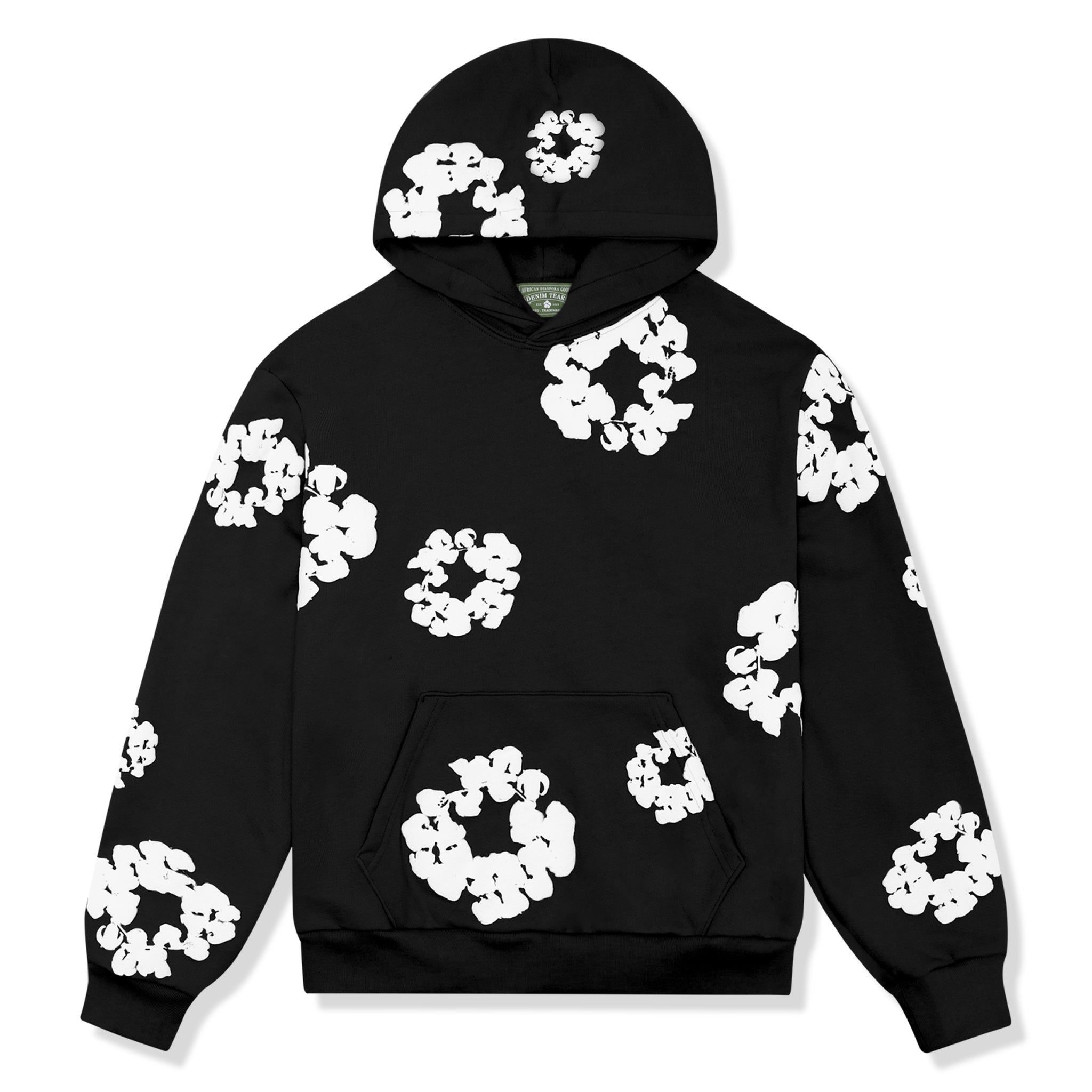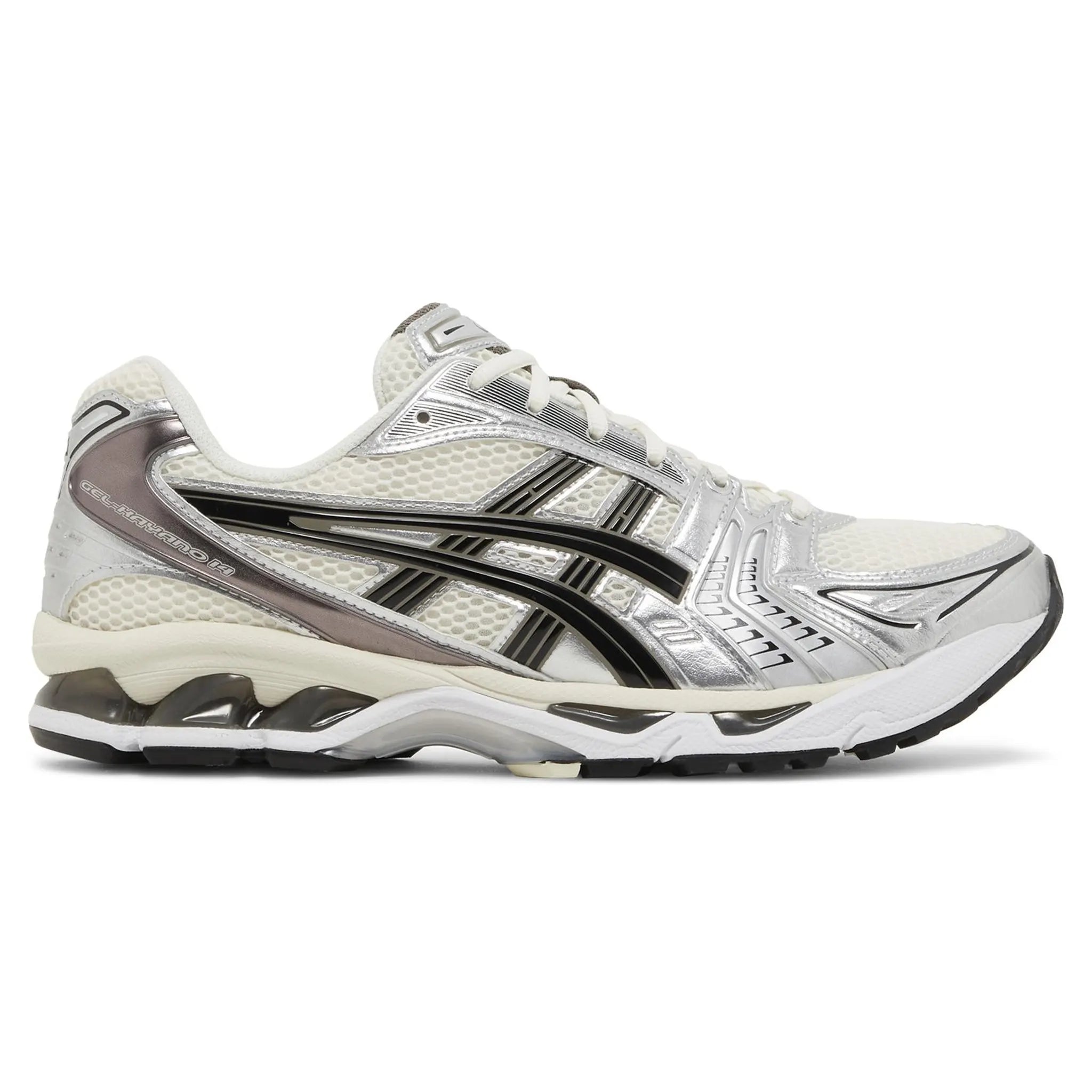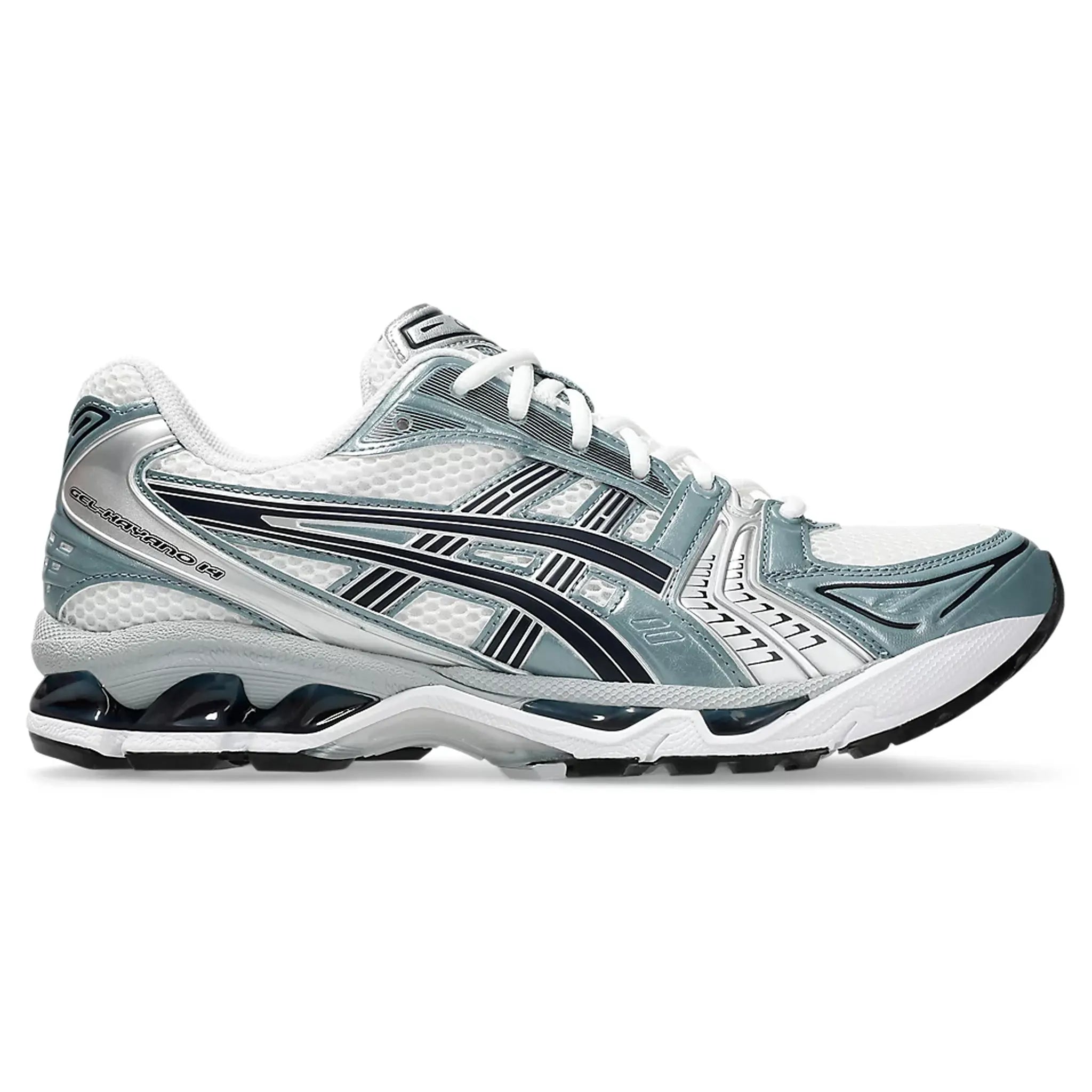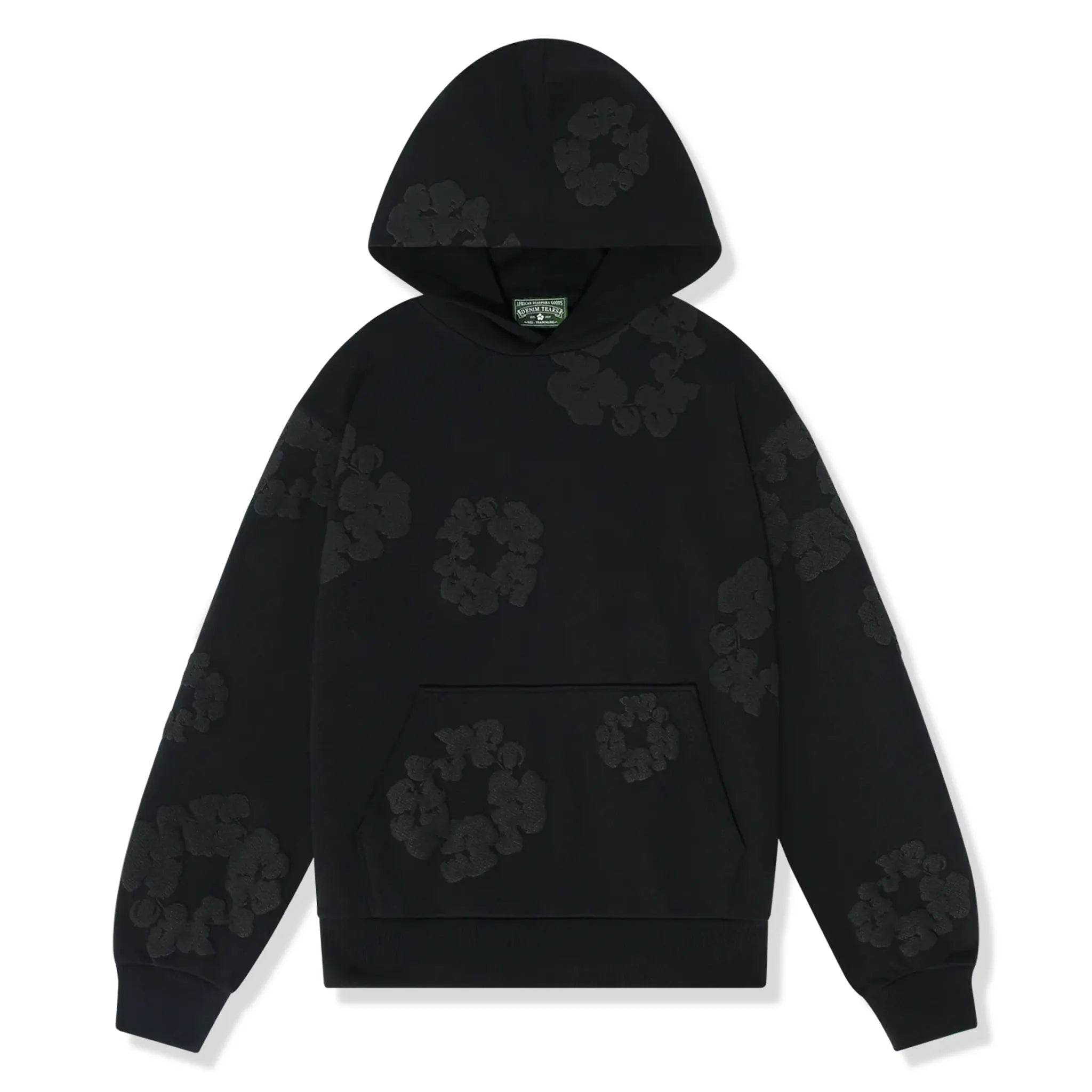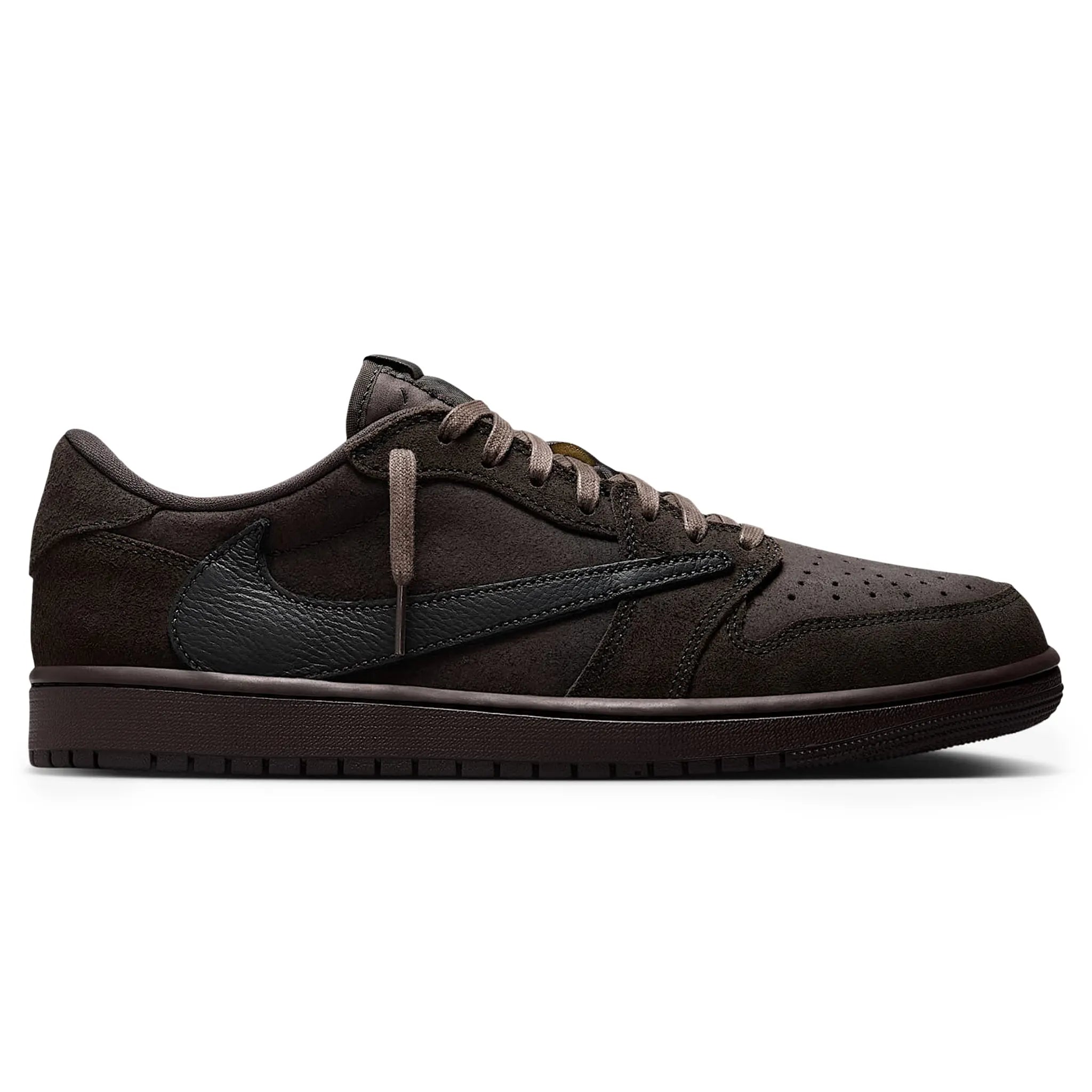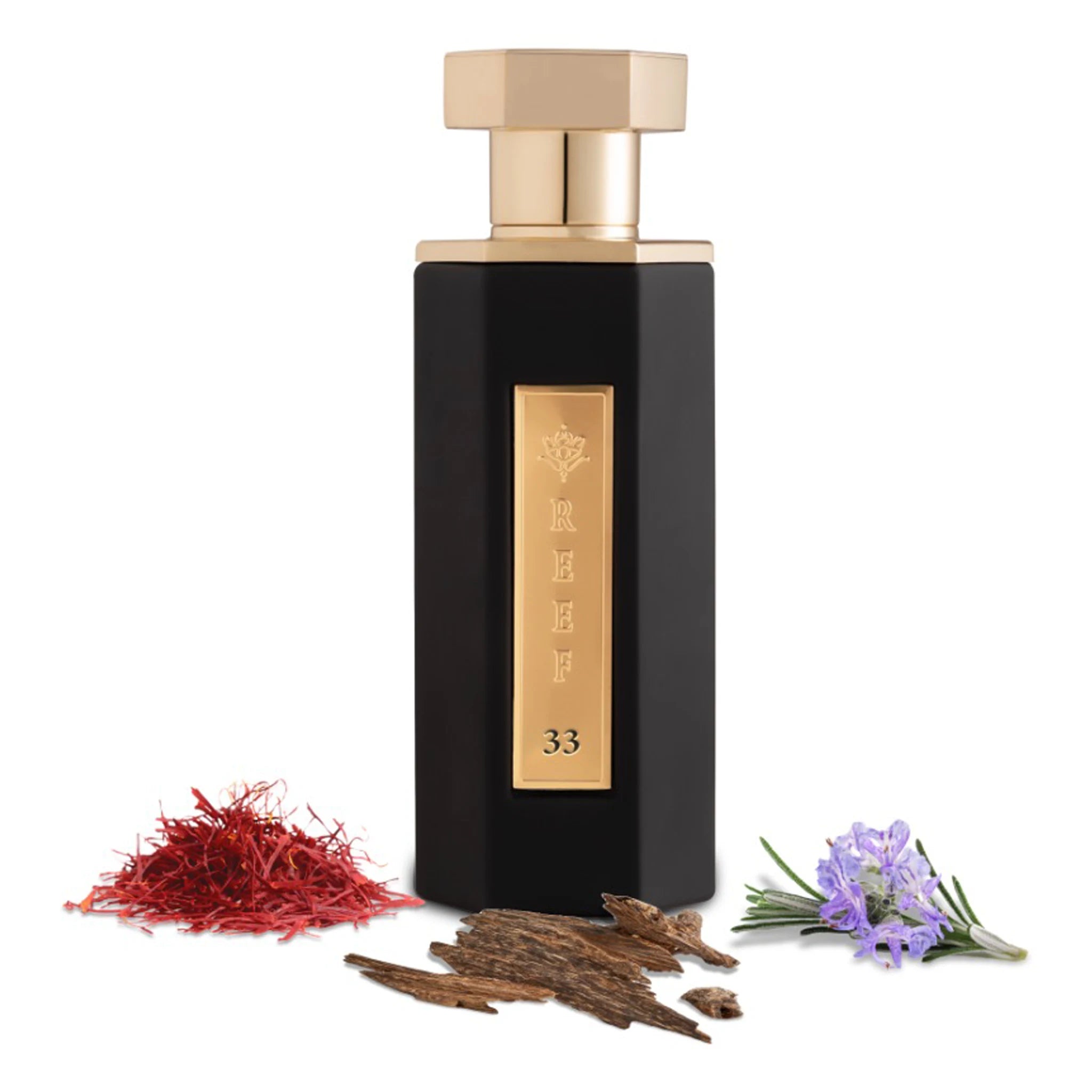Founded in 1994 in NYC, Supreme has grown to become one of the most popular brands in the world. If you’ve so much as dabbled into streetwear throughout the last 10 years, it’s likely that you’ll have seen the iconic red box logo floating around. The brand helped to immerse an entire generation of fashion fans into streetwear, and has since collaborated with some of the planet’s most renowned labels. But just how did Supreme begin? Unless you’re a true OG of the game, it’s likely that you don’t remember a time when Supreme wasn’t huge. The brand does in fact have humble roots, beginning as a small skate store for the local scene on NYC’s Lafayette Street.
Here at Crepslocker we’ve been brushing up on our box logo knowledge in order to share the comprehensive history of Supreme with our readers. From rare collaborations to total streetwear domination, we’ve documented it all here. So without further ado, let’s jump straight in and check out the story of streetwear’s most beloved brand.

James Jebbia & the Early Years
Born in the UK in 1963, James Jebbia grew up in the rural south of England, where he spent many of his teenage years travelling to London to check out the latest clothing stores. By the time he had turned 19, Jebbia left the UK and was living in NYC. Beginning to move within the street fashion circles in the city, he landed a job at a store called Parachute. After a few years, he left the position in order to found a sneaker store titled Union (yes, the same Union we now know as Union LA). While still heading up Union, Jebbia also helped run Stüssy’s NYC outpost for a number of years.
BY 1994, Jebbia was ready for a new challenge. He’d already garnered a wealth of industry knowledge and insights and was about to embark on his most prolific career move yet. Supreme NYC opened its doors on Lafayette Street in the spring of 1994, offering up a curated selection of T-shirts, skate decks and sneakers. Jebbia enlisted a team of local skateboarders to work in the store and would constantly play music and skate films loudly in order to entice passers-by into the store. The brand began to achieve small-time success within the local scene, with many punters favouring the now iconic Box Logo T-shirt, that featured Supreme’s unmistakable red logo.

Artist Collaborations & Nike SB
The brand continued to grow quickly in the coming years, with Supreme’s clientele consisting of skateboarders, fashion fans and local artists. With Jebbia also being highly connected within the art world, it didn’t take long for artist collaborations to begin. Supreme began to team up with the likes of Rammellzee, Dondi White and others within the scene. Throughout later years, the brand has continued this trend, joining forces with household names such as Nate Lowman, Peter Saville and Roy Lichenstein.
However, things really began to heat up in 2002, when Supreme set to work with Nike SB for the first time. While sneaker collaborations may now be commonplace, back in the early 2000s co-branded releases were few and far between, meaning that each occurrence was a serious event in the streetwear scene. The Swoosh’s skateboarding division and Supreme launched two different colourways of the SB Dunk Low, featuring the iconic elephant print pattern that many sneakerheads know and love. The greatest part of this story is that upon the release of the sneakers, the kicks were simply placed on the shelves in Lafayette Street, with word of mouth quickly spreading news regarding the release throughout the local sneakerhead scene. A total of only 1250 pairs between both colourways were produced, with all pairs eventually selling out. This paved the way for one of the strongest and most iconic partnerships in the game, and one that still stands strong today.
 Worldwide Expansion
Worldwide Expansion
Over the next 10 years, Supreme continued on its upwards trajectory and its journey to become the greatest streetwear brand in the world. 1998 saw Supreme expand into Japan, opening stores in Daikanyama, Osaka and Fukuoka. In 2004, the brand opened its now iconic LA outpost in North Fairfax. Further Japan stores opened in Harajuku and Nagoya in 2006 and 2008 respectively. By 2011, the box-logo brand was well on its way to global streetwear domination, opening a London-based location on Soho’s Peter Street. The brand was slowly but surely rising its way up the ranks in the world, and had begun to garner the attention of the mainstream fashion world too.
Of course, it’s hard not to mention the limited-edition “store opening” box-logo T-shirts that launched at each outpost too, many of which are still hugely-desirable for Supreme collectors today. Supreme continues to open up new locations even today, having since opened stores in Shibuya, Paris, Brooklyn and Berlin.
 Streetwear Royalty
Streetwear Royalty
By the mid-2010s, it was safe to say that Supreme had become a force to be reckoned with. Worn by celebrities and early-doors influencers alike, the brand was easily one of the most desirable labels on the planet at one point and could be spotted frequently in every city around the world. The label continued to push the nature of collaborations and had teamed up with the likes of COMME des GARÇONS, The North Face and Dr. Martens. The sheer amount of product Supreme dropped kept the brand’s ranges exciting and fresh at all times, however it also kept consumers wanting more, by never quite making enough product.
Many have reported on Supreme’s limited-quantity business model prior, often regarding it as a genius marketing move. Supreme created a total wave of obsession amongst streetwear fans by keeping its product limited. Fans of the brand would never hesitate to cop an item due to the fear of the fact it might sell out, which, spoiler alert, it always did. Many labels have tried to imitate this product scarcity over the years, however none have managed to pull it off quite as well as Supreme.
 Supreme x Louis Vuitton
Supreme x Louis Vuitton
While Supreme already had the streetwear world in a chokehold, by 2017 the label was ready to take on the realm of high fashion. The brand shocked the entire world when it announced that a full scale Supreme x Louis Vuitton collection was set to release as part of the French fashion house’s SS17 runway show. Created by the mastermind that is Kim Jones, the collection featured everything from leather jackets to skateboard decks, and of course featured an LV monogram version of the Supreme Box Logo T-shirt.
This collaboration is still incredibly desirable today, and is earmarked as a hugely-important cultural moment within the fashion world, as several other notable collaborations have followed. We’ve since seen further Supreme luxury linkups, with the likes of Burberry, Jean Paul Gaultier and MM6 Maison Margiela.
 Contemporary Supreme
Contemporary Supreme
In the modern day and age, Supreme is owned by VF Corporation, a large conglomerate organisation that also heads up Vans, The North Face and Timberland, to name but a few. While Supreme did experience a period of reduced popularity throughout recent years (it’s worth noting that streetwear as a whole suffered post-pandemic), it seems that the brand is on the rise once again. It’s difficult to predict exactly what the future holds, however with a history as rich as Supreme’s, it shouldn’t be hard for the label to stay relevant for a long time to come. If you’re interested in Supreme, be sure to shop our huge range of items available right here at Crepslocker, and stay tuned for even more streetwear, sneaker and high-fashion features.










